Mosimann cooks up a passion for cookbooks
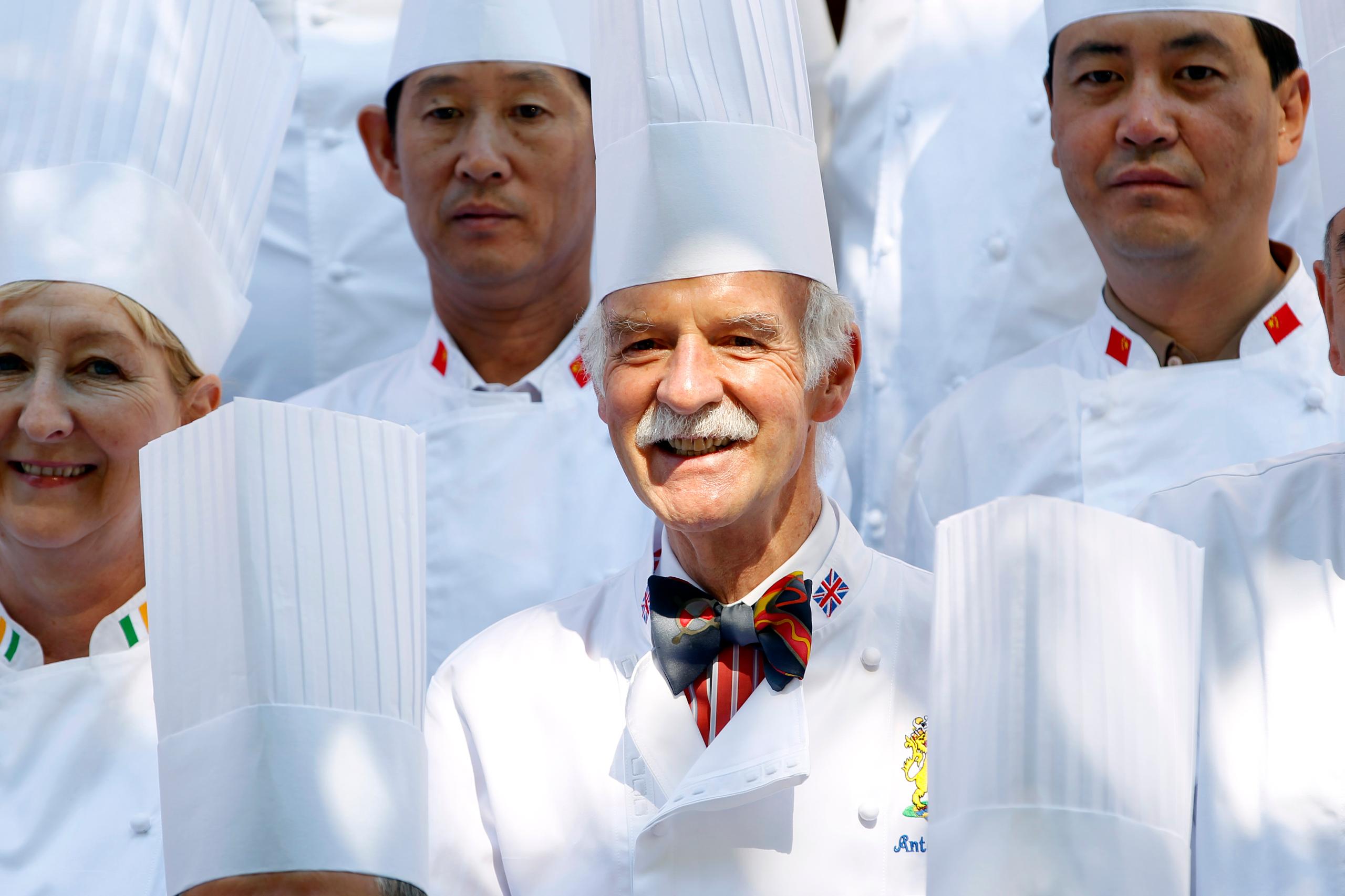
Roast badger anyone? It’s not something that you would find on top Swiss chef Anton Mosimann’s menus. But you might find it in his unique collection of historical cookbooks and menu cards, which are currently on show - for the very first time - in Basel.
Mosimann’s guests have included politicians, presidents and celebrities from all over the world. He has also cooked for four generations of the British Royal family, including the wedding banquet for Prince William and Kate Middleton in 2011.
Not many people know, however, that the dapper, bow-tie wearing 68-year-old possesses a unique cookbook and menu cards library, said to be the largest private collection of its kind, covering 500 years of cooking history.
A selection of them – 120 objects in all – are currently on display at Basel’s Toy Worlds Museum until February 21, 2016, as its Christmas show.External link
Lucky break
At the exhibition’s opening, Mosimann – sparkly, polite and well-versed in answering journalists’ questions in several languages – was visibly proud of his collection going on show. He explained that it all started with a lucky break.
“The first few hundred books were offered to me when I was very young and I had no money and I went to the bank and believe it or not, the bank gave me loan to buy cookery books,” Mosimann told swissinfo.ch.
“That was a very good start for my large collection,” he said, adding with a laugh that he doubted a bank would do the same nowadays.
“Now I’ve got more than 6,000 books, about 500 very old books, going back to 1600.
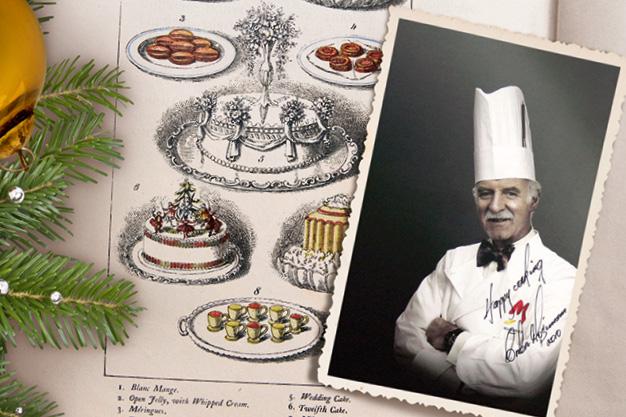
More
A taste of Mosimann
The exhibition is quite a coup for the small Basel museum – and has been two years in the making. Next year the collection moves to its own museum situated over three floors of the Culinary Arts Academy SwitzerlandExternal link in Le Bouveret, Lake Geneva, with the opening scheduled for June 2016.
Mosimann’s collection includes two editions (1516 and 1530) of the very first printed gastronomic text, written by Platina, the Vatican librarian. The book opens with a recipe for roasted chicken stuffed with bread and walnuts.
Platina took almost half of the recipes from the handwritten records of the first chef of renown, Martino di Como. Di Como was born in 1430 in Torre, a small town in what is now canton Ticino in Switzerland – so at least in today’s terms, he could, too, can be considered another star Swiss chef.
Mosimann’s collection also includes the first ever cookbook printed in German and a work by the famous Renaissance seer, Nostradamus, that contains guidance on… making jam.
One of Mosimann’s favourite volumes is a cookbook by Bartolomeo Scappi, chef to the Pope in the late 16th century. Particularly beautiful are the drawings of the kitchen, with the grills, pots and pans, he says.
The exhibition
Five Hundred Years of Cooking History is running at Basel’s Toy Worlds Museum until February 21, 2016. There are 120 objects from the Mosimann collection on display, as well as 25 children’s cookbooks (doll cookbooks). Also on show are sculptures and painted plates by Swiss artist Kathryn Zellweger-Staehelin.
Swiss are represented in the collection: Hanns Jacob Wecker from Basel translated Alessio Piemontese’s 16th century work known as the Book of Secrets into German; his wife, Anna Wecker, was the first woman to publish a cookbook.
Laura Sinanovitch, head of the museum, told swissinfo.ch that cookbooks went well with Christmas time. “We thought people would like to try to cook an old recipe because you can still do it. You can see from the quantities that they put much more on their plates than we do today, but perhaps it would be an inspiration to try it.”
Ancient dishes for modern people
The chef has himself cooked some dishes from his ancient books, for his clients at his club.
“We’ve done, for instance, a whole suckling pig for one of the parties as a main course. And then also a whole leg of lamb but the old-fashioned way, marinated for hours and then slowly cooked on the BBQ. They are wonderful recipes, with very good results as well,” he said.
A look through the recipes in the collection show how nutritional habits have changed.
The recipe for roast badger comes from a 1887 cookbook “for everyday cooking and fine cuisine”.
There was also an abundant use of rich sauces, which is much heavier than what Mosimann cooks today. His signature style is Cuisine NaturelleExternal link, in which he does not use cream, butter or oil. In his words: “food should taste of what it is so let fish taste of fish and chicken of chicken, don’t overpower it, don’t mix it up with too many other ingredients”.
He obviously practices what he preaches. The chef is trim, also, he explained, because he likes to keep fit.
Royal connection
Mosimann can count the British Royal family among those who appreciate this style of cooking and menu cards from various royal events, including historical ones, form part of the collection.
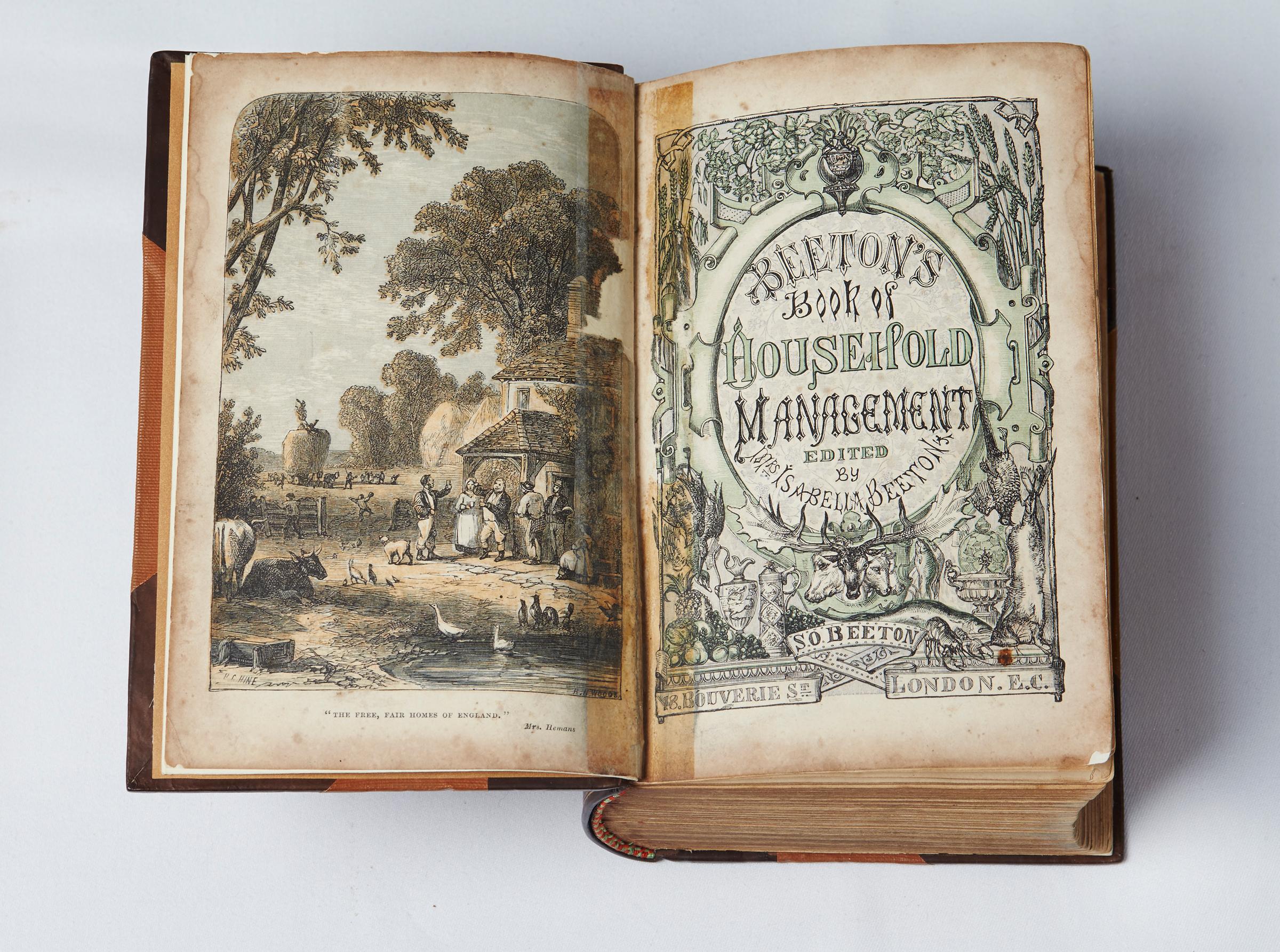
More
500 Years of cooking history
For example, one of the items in his collection shows a dinner menu for Queen Victoria (1837-1901) for Saturday October 17, 1891 at her Balmoral residence. This included two soups, four types of fish, an entrée, a relevé (second course, such as roast meat) and a rôti (pheasant).
There were also “entremets”: dishes that were none of the above, which could range from desserts (Dutch waffles) to vegetables (chicory with cream).
This somewhat differs from the three-course menu Mosimann made for Prince William and Kate Middleton’sExternal link wedding a 120 years later: dressed crab from Wales, followed by Scottish lamb and a trio of mini puddings.
A Mosimann Christmas
Christmas themes in the exhibition come in the form of contemporary Christmas greetings cards from Mosimann’s clubExternal link in London or menus for Christmas lunch there. And what does Mosimann himself cook at Christmas? Is there a Swiss touch?
“That’s a very good question,” he laughs, saying that the family, sons Philipp and Mark External linkare joint Managing Directors of Mosimann’s, get together to cook either something traditionally Swiss or more innovative.
“Now we have five grandchildren so Fondue Chinoise is quite in at the moment because the kids love to dig into it and cook their own food.”
And there is also a nod to his adopted homeland: dessert is a light Christmas pudding made without suet, served with a yoghurt sauce instead of brandy butter. “The whole family just loves it,” he said.
Anton Mosimann
Mosimann was born in 1947, the only child of Swiss restaurateurs in the Jura mountains. He started his apprenticeship at a local hotel aged 15, later gaining experience at top establishments in Switzerland, as well as in Rome, Canada, Japan, Belgium and France.
At 28 he was appointed Head Chef at the Dorchester Hotel in London, the youngest ever to hold the post. He gained two Michelin stars – until then no hotel restaurant outside France had ever been awarded two stars. He stayed there for 13 years.
In 1988 he set up Mosimann’s Club in Belgravia, London. He also established a catering company – which has a Royal Warrant – and The Mosimann Academy, which holds cooking courses.
In 2004 he received the Order of the British Empire from the Queen.

In compliance with the JTI standards
More: SWI swissinfo.ch certified by the Journalism Trust Initiative

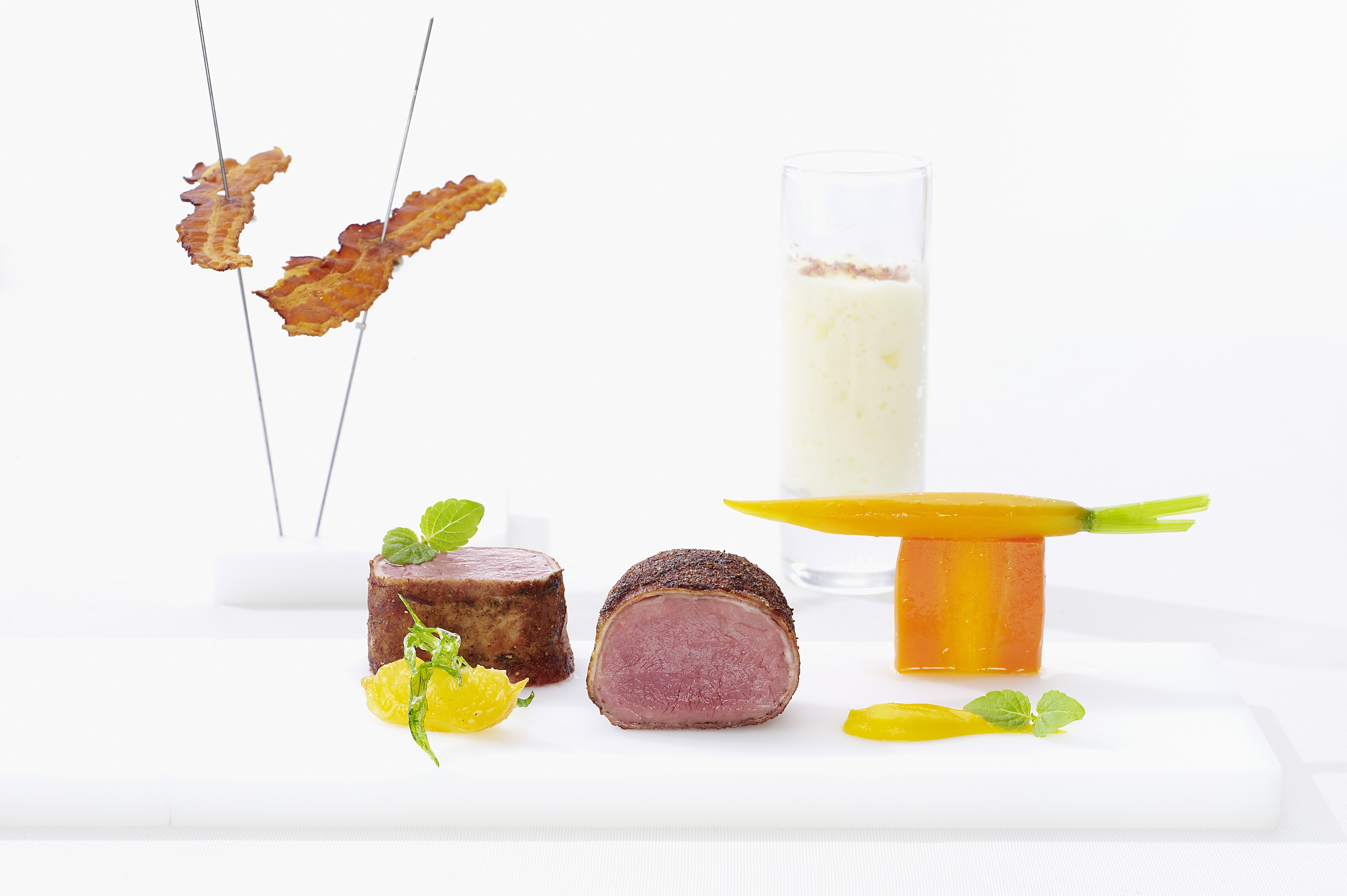
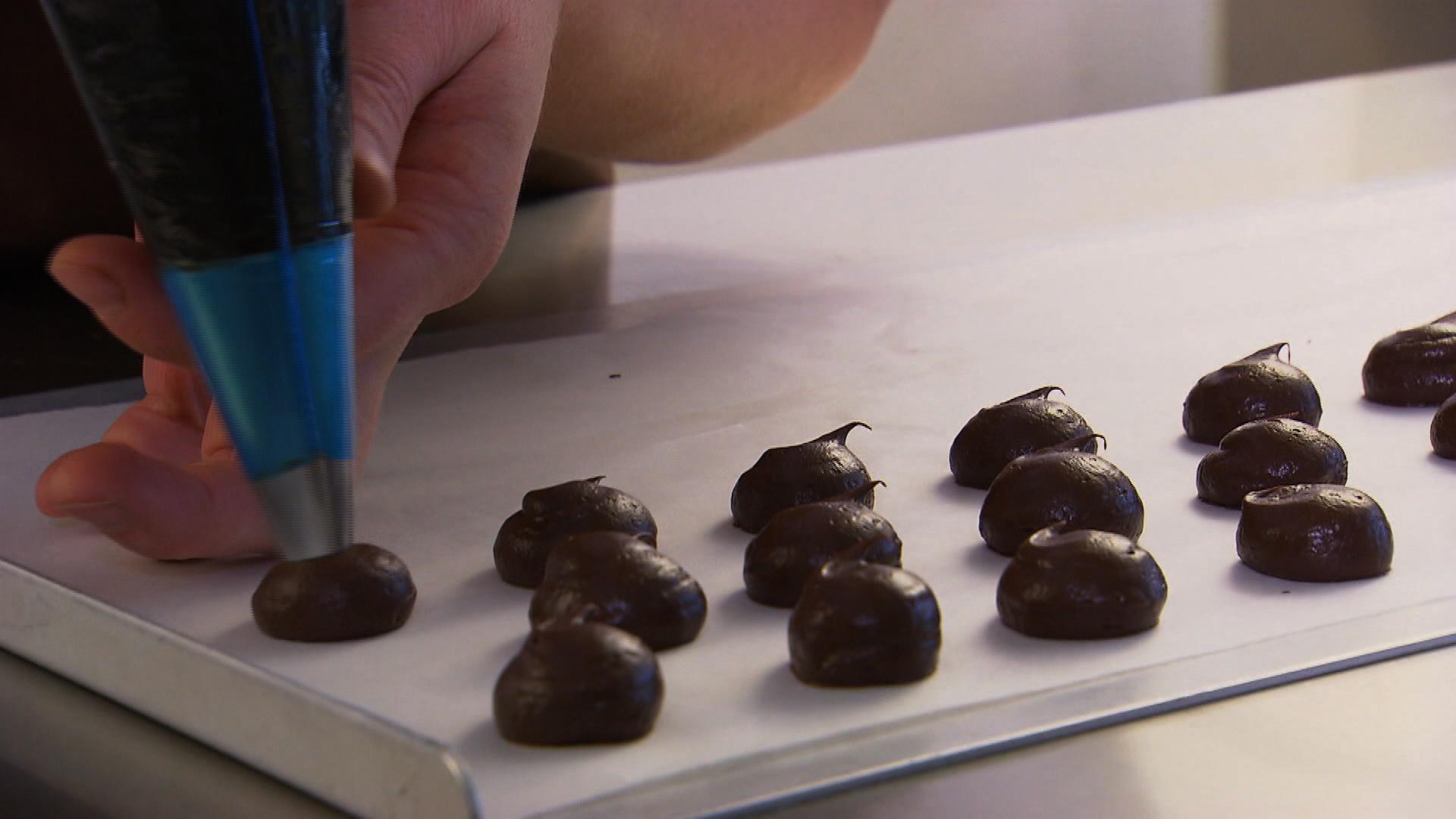
You can find an overview of ongoing debates with our journalists here. Please join us!
If you want to start a conversation about a topic raised in this article or want to report factual errors, email us at english@swissinfo.ch.